Invoke Web Service from URL Action
(EFT Enterprise only) The Invoke Web Service from URL Action can be used to integrate with an external server or application, such as auditing external systems. See an example below.
To define the Invoke Web Service Action
-
Add the Event to the Event Rule (e.g., File Downloaded).
-
Add any (optional) Conditions.
-
Add the Invoke Web Service Action.
-
Click any links in the Action to open the Invoke Web Service dialog box.
-
In the URL box, provide the URL on which to perform the Invoke Web Service Action.
-
Select the drop-down list to specify GET, POST, PUT, or DELETE.
-
In the Username and Password boxes, provide the credentials needed to log in to the URL.
-
Select the Force basic authentication check box, if needed.
-
-
(Optional) If you connect to the URL through a proxy server, click Proxy and then specify the Proxy type, Host name, Port, Username, and Password. Refer to Proxy Settings Dialog Box for details.
-
(Optional) To specify an Authentication Type and login sequence, in the Proxy Settings dialog box, click Advanced. The Advanced Proxy Settings dialog box appears. Refer to Advanced Transfer Options for details.
-
(Optional) If you connect to the URL through a Socks server, click SOCKS. Refer to Using a SOCKS Proxy Server for details.
-
(Optional) If you chose a protocol that uses SSL (FTPS or HTTPS), provide the client and remote server's SSL certificate information. Refer to SSL Options Dialog Box for details.
-
In the Invoke Web Service dialog box, in the HTTP Request Header area, do the following:
-
Click Cookies, then click Add to create a new cookie, provide a name for the cookie, then click OK.
-
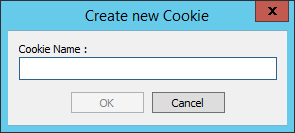
-
Click Headers, then click Add to create a new header, provide a name for the header, then click OK.
-
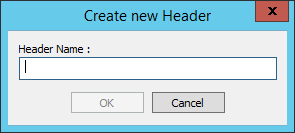
-
-
In the HTTP Request Body area, do one of the following:
-
Select From text file, then specify the text file from which to use the text.
-
Select Edit Body, then specify the text to use in the body of the HTTP Request.
-
In the Save response to area:
-
Select the File check box, then specify the name and path to the file, or click the folder icon to specify it.
-
Select the Variable check box, then specify the variable in the box. This variable can be anything you want, to be used in other places, such as the Windows Event Log.
-
-
Click OK.
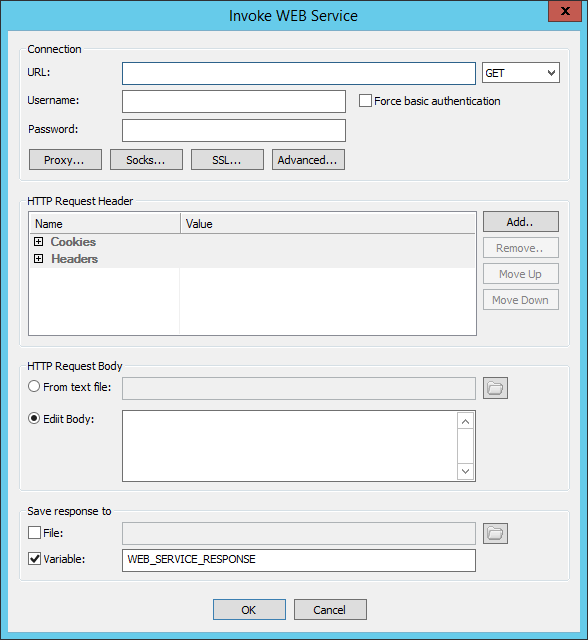
Below, the default value of WEB_SERVICE_RESPONSE is changed to get_test_users_workspaces.
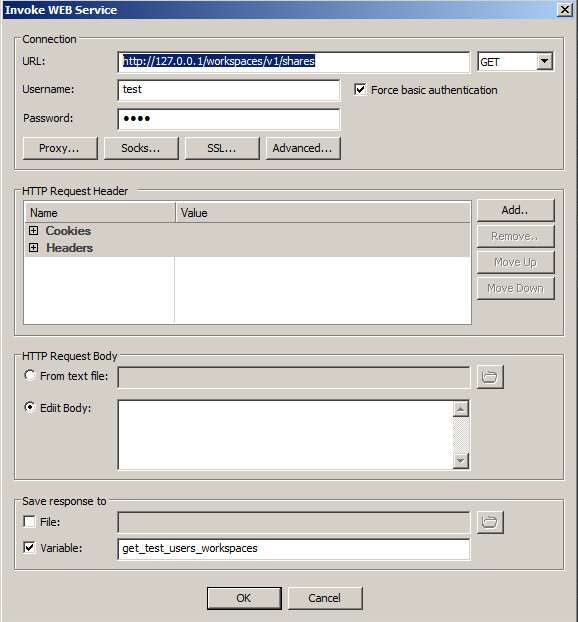
You can use this variable within the same Event Rule call, such as to write to the Windows Event Log:
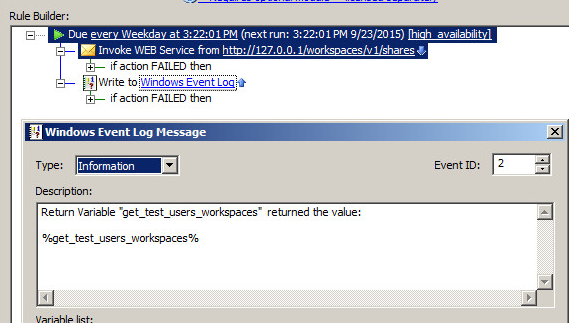
As shown below, when the Event is triggered, the Log reports the value of the response variable get_test_users_workspaces.
